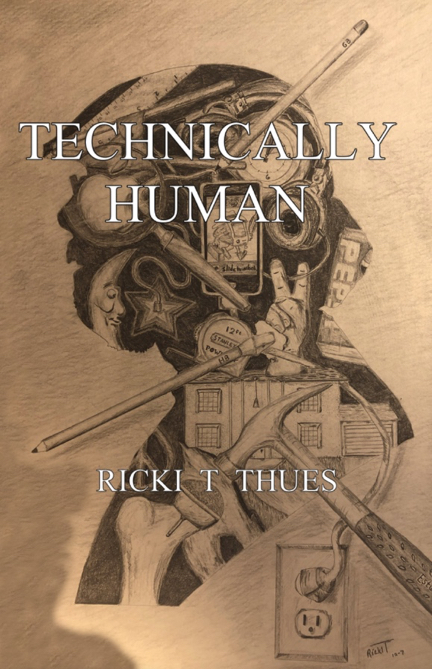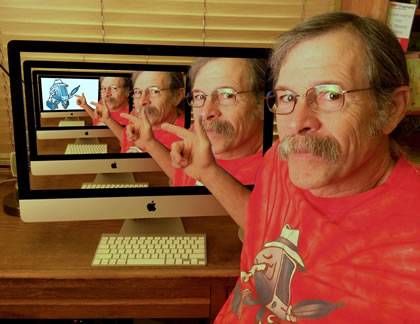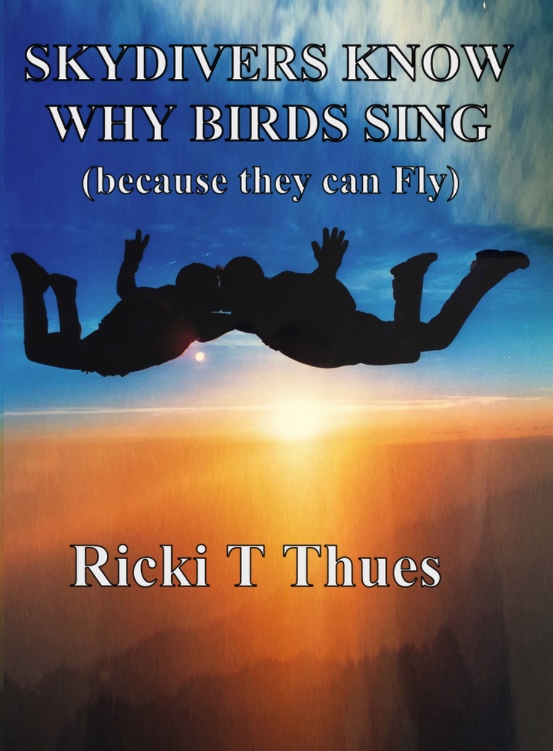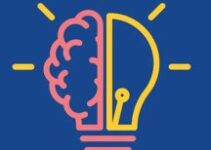
Episode #750
June 17, 2023
Planning a bLog episode is like planning any other project.
I use the following method and so might you.
First, figure out the theme.
What is the goal?
What will you say when the project is finished and you step back to admire it?
The theme of this bLog is: “How to plan this bLog.”
Next, break down the idea.
What are the elements of the theme?
Write down of list of the aspects of the story you will tell. How the list is ordered is not important. There need be no chronology. One aspect need not lead logically or emotionally into the next. Just write them all down.
Once the list is complete, figure out an order.
Introduce the idea.
Expand on it.
Give examples.
Compare the examples to the theme.
Tie the list together with concluding ideas.
I cut and paste the list, ordering its elements to satisfy the chronology.
The list I created and then reordered for this bLog was:
Think of a theme.
Break down the theme.
List the elements of the theme.
Reorder the elements.
Expand the elements into short stories.
Reorder the element stories.
Edit the text.
Write an introduction.
Write a conclusion.
Each element in the list is a story.
Tell each story in a stream of consciousness. Later, there will be opportunity to fix the grammar, edit the prose, round the characters and drive the point home.
Now, you might want to further reorder the stories. Once fleshed out, the first story might lead more naturally to the fifth, etc. Cut and paste some more.
Time to edit. Run the text through a chatBot, edit for grammar and structure. Read through the story. Read it aloud. EDIT, EDIT, EDIT. Like sanding and finishing a woodworking project, this fine tuning of editing finishes your prose.
Notice, I have not yet written an introduction or a conclusion. Up to this point I am unsure of what the story is truly about. Once the body of the bLog is written, I know what the theme really is.
In the case of this bLog episode the theme presented as:
“Planning a bLog episode is like planning any other project.”
So, that is what I wrote as an introduction.
Finally, the conclusion should be a call back of the introduction.
“We shall not cease from exploration
And the end of all our exploring
Will be to arrive where we started
And know the place for the first time.
Through the unknown, remembered gate
When the last of earth left to discover
Is that which was the beginning;
At the source of the longest river
The voice of the hidden waterfall
And the children in the apple-tree
Not known, because not looked for
But heard, half-heard, in the stillness
Between two waves of the sea.”
—T.S. Eliot, from “Little Gidding,” Four Quartets
Not only should the conclusion make a call back of the introduction and summarize the theme, but it should say something about the origins of the project, its inspiration and the process.
Today’s blog episode, as with all my projects, followed the steps outlined above.
My motivation in writing this bLog was to empower you to apply this method to a project of your own.
PLEASE BUY MY BOOKS:
“Skydivers Know Why Birds Sing” by Ricki T Thues is now available on Amazon.
It is a Love story of Rick and Paula Thues and their 35 years of Skydiving.
Click HERE to buy the paperback or Kindle ebook at Amazon.
Follow Ricki T Thues on Amazon HERE.
ALSO AVAILABLE:
“Technically Human” by Ricki T Thues, the iMentor, is available on Amazon.
It is a compilation of selected episodes from this bLog which tell the story of Humanity through the eyes of the iMentor.
Click HERE to buy the paperback or Kindle ebook at Amazon.
The ebook version of “Technically Human” is also available on Kobo. Click HERE.
For you Barnes and Noble Nook readers it is available for Nook. Click HERE.
The “Technically Human” ebook is also available on Apple Books . Click HERE.







A very famous designer told me these directions for doing a presentation or writing an explanation.
Tell them what you are going to tell them.
Tell them..
Then tell them what you told them.
It works.
Good Job
A call back at its best Vic!